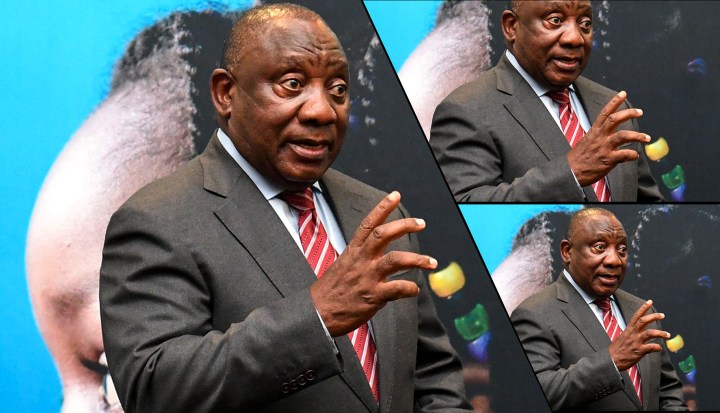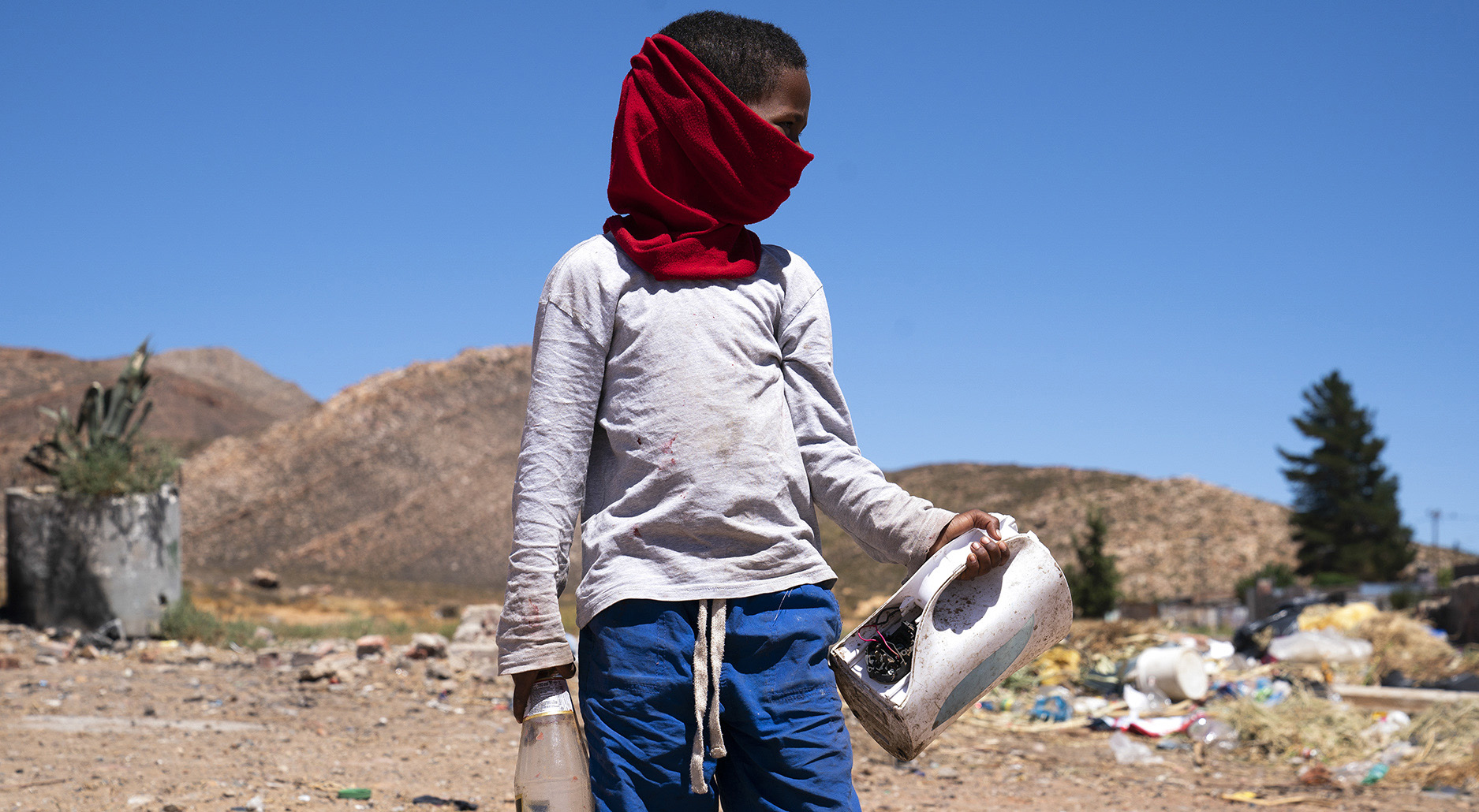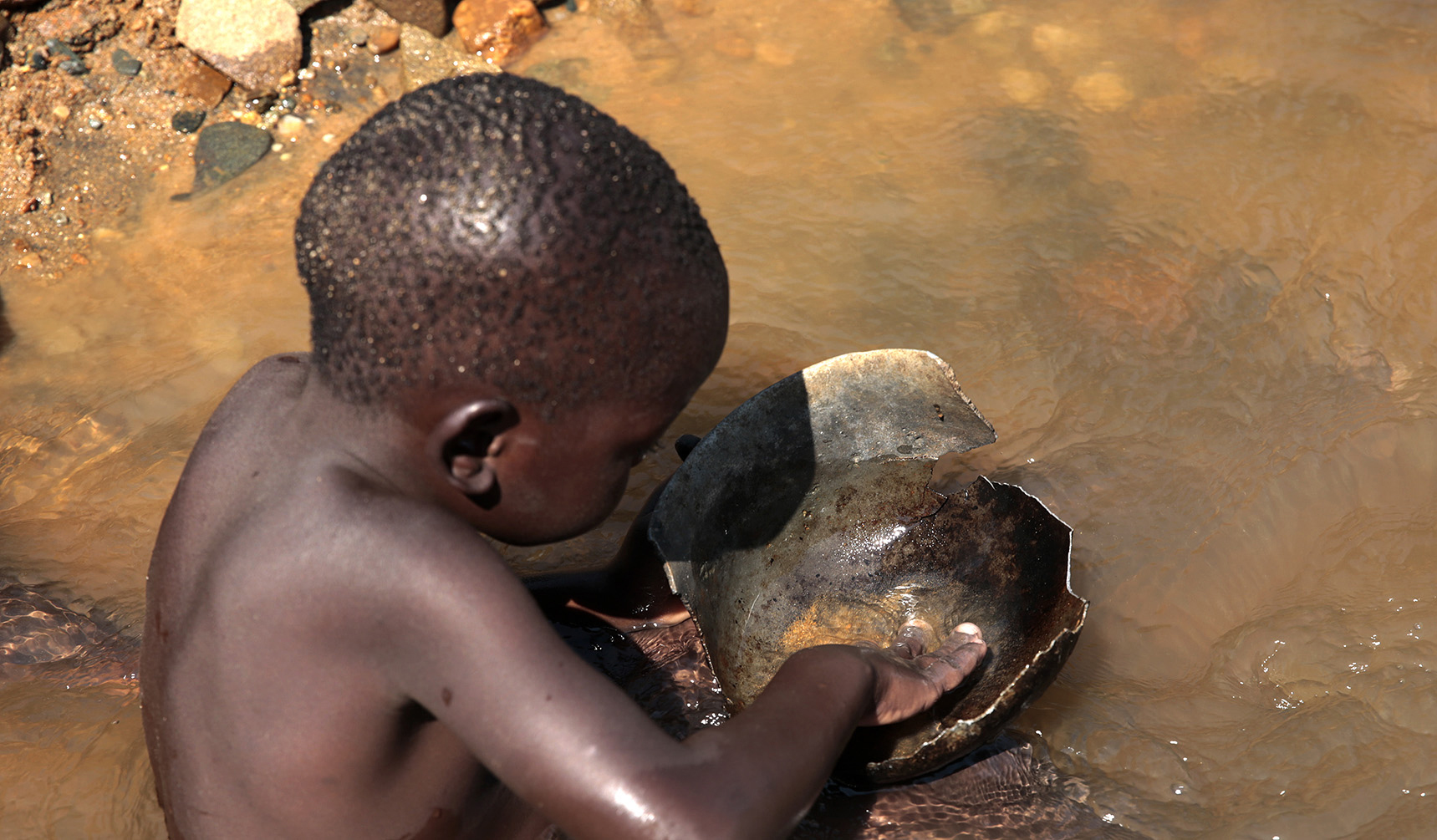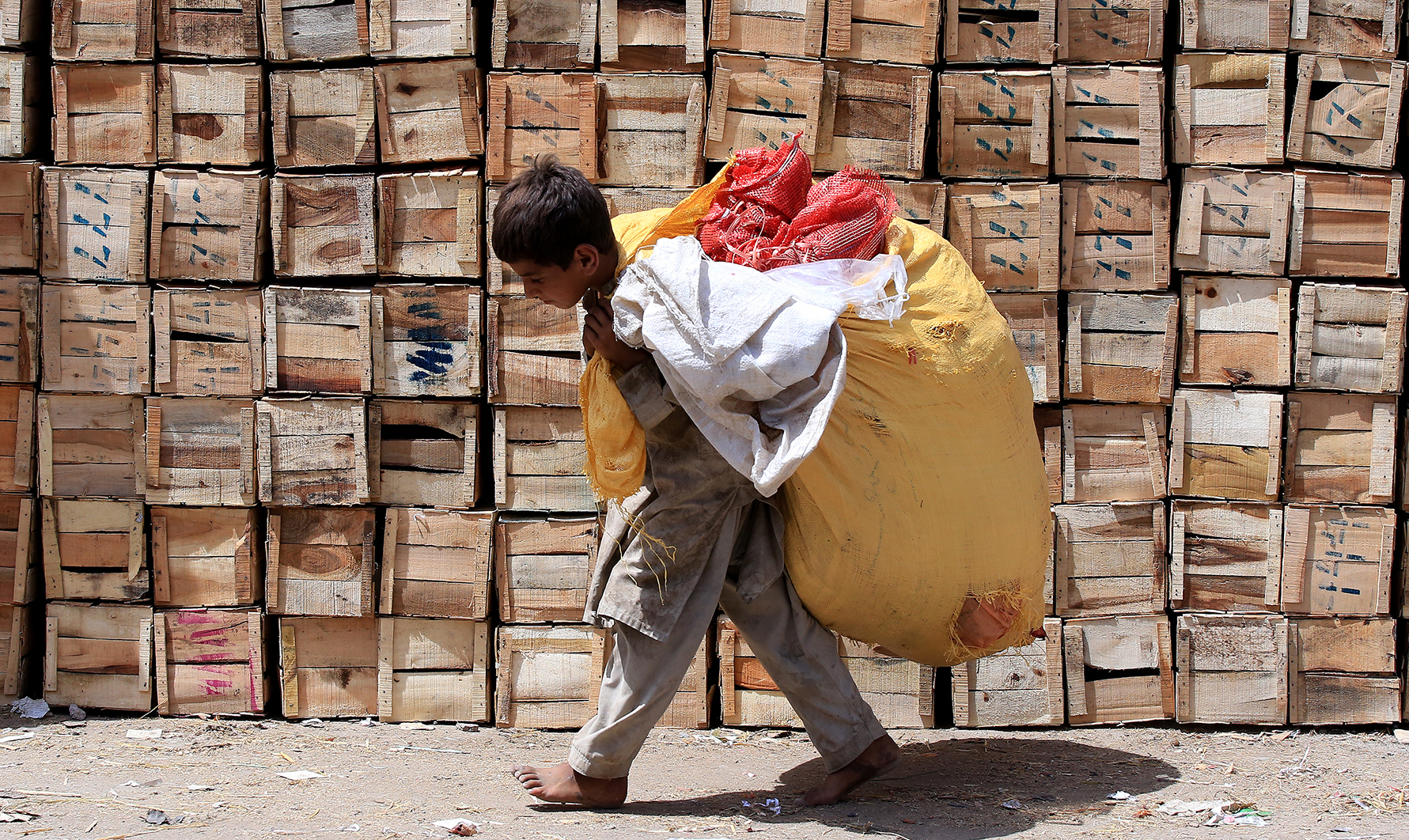CHILD LABOUR
No country can claim progress if it is built on the backs of children — Ramaphosa

For the first time in 20 years, there is an upward trend in child labour, with more than 160 million children involved in exploitative child labour practices. In a keynote address at the Global Conference on the Elimination of Child Labour on 15 May, President Cyril Ramaphosa highlighted how social grants, caregiver support and education can help fight this human rights atrocity.
‘For many, the words ‘child labour’ conjure up images of young people working in sweatshops and informal factories,” said President Cyril Ramaphosa in his keynote address at the opening ceremony of the 5th Global Conference on the Elimination of Child Labour on Sunday, 15 May, in Durban.
“But there is also a hidden face that many do not get to see — it is the children in domestic servitude to families and relatives, prevented from attending school because they have to do household work.
“It is the children of labour tenants on farms fulfilling exploitative agreements with farm owners, where the entire family must work on the land in exchange for the right to live on it. It is the many, many children, male and female, who are bought and sold in the international sex trade, the worst of all forms of exploitation.”
The six-day global conference, co-hosted by the International Labour Organization (ILO) and the South African government, is being held in Africa for the first time.

A boy picks up useful items from a rubbish dump in Touws River, an old railway town labelled as the doorway to the Karoo, situated along the R62 wine route in the Western Cape. (Photo: EPA-EFE / Nic Bothma)
The conference was last held in Buenos Aires, Argentina, in 2017 and aims to build on past efforts to mobilise resources, identify good practices around the world and pinpoint measures that can accelerate the elimination of both child labour and forced labour.
For the first time in 20 years, there is an upward trend in child labour, three years away from the United Nations Sustainable Development goal (target 8.7) calling for the abolition of all forms of child labour by 2025.
The ILO’s latest report with Unicef revealed 160 million children are involved in exploitative child labour practices, which has increased by 8.4 million children in the past few years.
Worsening poverty and the impact of Covid-19 means a further 8.9 million children are expected to be engaged in child labour by the end of 2022.

Five-year-old Desire Matanda uses a pan with sand and water to search for fine particles of gold along the Odzi River in Mutare, Zimbabwe. (Photo: EPA-EFE / Aaron Ufumeli)
“Since our last global conference, child labour has actually increased for the first time since we started measuring at the beginning of this century,” said Guy Ryder, ILO’s director-general, at the opening ceremony. “Half of them do work that puts their health, safety and moral development at direct risk [and] 89 million of them are very young, less than 11 years old.”
The ILO found that the biggest sector child labour occurs in is agriculture, at 70%.
Said Ryder: “More than two-thirds of children in child labour work alongside their parents. Family farms and enterprises that depend on the labour of their children need greater support to improve their livelihoods and end that dependence.”
Fuel thieves siphon off millions from Mpumalanga Eskom power station
Root causes
“Child labour does not occur in a vacuum or out of the blue,” said Jacqueline Mugo, executive director and CEO of the Federation of Kenya Employers and vice president for Africa of the International Organisation of Employers, at the conference’s opening ceremony.
Mugo said the root causes of child labour include poverty, informality, limited access to education, weak or lacking social protection flaws, insufficient labour inspection and weak governance.

A Pakistani boy carries a sack of recyclable waste in Peshawar, Pakistan, on 12 June 2021. World Day Against Child Labour is observed annually on 12 June across the world, including in Pakistan, to raise awareness and contribute to ending child labour. (Photo: EPA-EFE / Bilawal Arbab)
Ramaphosa concurred with Mugo in his address, highlighting poverty, lack of access to quality education, lack of social protection (grants and childcare support) and migration as challenges that put families in “an impossible predicament”.
“Africa is the continent from where the solutions to the global child labour challenge must and will emerge,” said Ryder.
Solutions
Ramaphosa laid out six actions the global community must commit to in its efforts to eradicate child labour:
- For all countries to fully implement the ILO Worst Forms of Child Labour Convention of 1999.
- Universal access to social protection. “By providing a basic floor of support for families with children, we can reduce the need for children to be put to work, whether in the home or elsewhere,” said Ramaphosa.
- “Our experience as South Africa has been that child support grants, fee-free basic education and school feeding schemes have been a lifeline for indigent families,” said Ramaphosa. “Such initiatives help keep children in school and thus less vulnerable to exploitation.”
- End gender discrimination. Ramaphosa called for the end to all forms of discrimination against girls, particularly with respect to domestic work and access to education.
“The girl children have historically and forever been the ones who are subjected to do domestic work, and in many cases have had to forgo going to school,” Ramaphosa said in his address. - Expand global supply chains to less developed countries.
- Purchasing and investment power. Ramaphosa said an imperative is ensuring companies and consumers are aware of child labour, as purchasing and investment decisions play a role in supporting exploitative labour practices.
“No civilization, no country and no economy can consider itself to be at the forefront of progress if its success and riches have been built on the backs of children,” Ramaphosa said in his keynote address.
“No civilization, no country and no economy can consider itself to be at the forefront of progress if its success and riches have been built on the backs of children.”
Cyril Ramaphosa, President of the Republic of South Africahttps://t.co/svOOVggdeg#EndChildLabour pic.twitter.com/BcBN8sFJKR
— Alliance 8.7 (@Alliance8_7) May 15, 2022
“Now some may say, some do say, that child labour is an inevitable consequence of poverty, and that we must accept it,” said Ryder. “I believe that to be wrong. The choice, quite frankly, is ours.” DM
[hearken id=”daily-maverick/9472″]


















 Become an Insider
Become an Insider
Comments - Please login in order to comment.